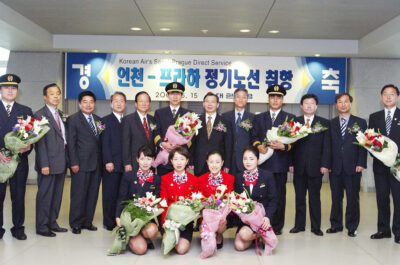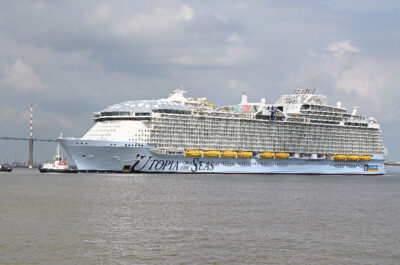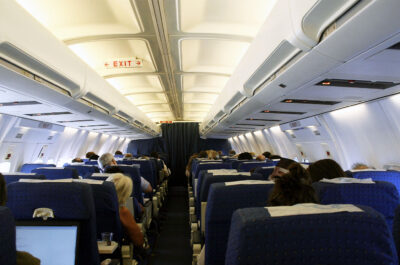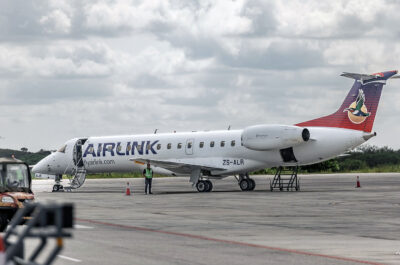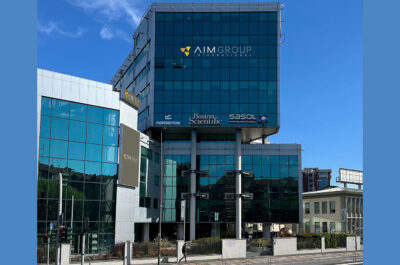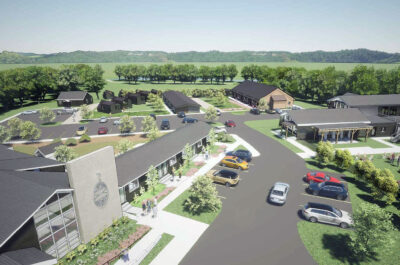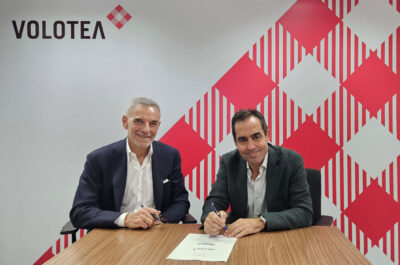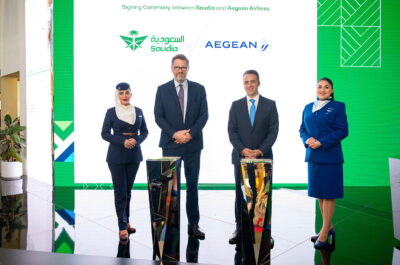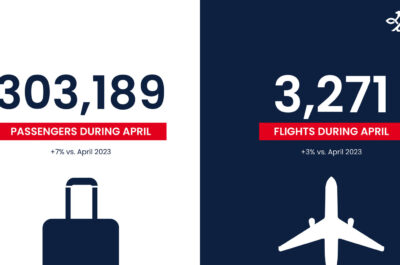The Commission has adopted Technical Specifications for Interoperability for control/command and signalling on the conventional trans-European railway network. At the moment, more than…
The Commission has adopted Technical Specifications for Interoperability for control/command and signalling on the conventional trans-European railway network. At the moment, more than twenty different signalling and speed control systems are used in Europe, which means that most international passenger and goods trains still have to stop at the border station to change locomotive. The adopted Decision will allow these incompatible systems to be gradually replaced by a single system known by its abbreviation ERTMS.
“This decision at last creates the technical conditions needed for a genuine European railway area”, said Jacques Barrot, Vice-President with special responsibility for transport. “The rapid deployment of this system is necessary for the competitiveness of rail companies and for the quality and safety of their services, and it will confirm the European rail industry as world leader.”
Locomotives which operate across borders at the moment still need to have several on-board systems which can process the information sent by the different ground systems. This increases production costs and breakdown risks. Once a locomotive has been designed, it is also extremely costly and sometimes impossible to add new on-board systems. This is why most trains still have to stop at the border station to change the locomotive.
The deployment of ERTMS, which was developed in the early 1990s under the European research framework programmes and then supported with funding earmarked for the trans-European networks, is therefore a major step forward in developing the interoperability and safety of the rail network.
The installation of this system is already mandatory on all new railway rolling stock intended for the high-speed network. For the conventional railways, the same will now apply to new rolling stock on the priority routes of the trans-European network and to locomotives which run on them.
Compliance with the interoperability specifications in general and use of the common signalling system (ERTMS) in particular will also be essential in order to obtain Community funding. The logical consequence of opening up the market to competition is that all railway undertakings must be able to benefit from having railway infrastructure which has been financed from European spending and not only those which have specific national equipment.
The European Railway Agency must now ensure that the specifications are adapted to technical progress. The European coordinator, Mr Vinck, will see to it that deployment takes place in a coordinated manner in order to achieve interoperability as quickly as possible and at the lowest cost.
It should also be pointed out that these specifications are the result of an unprecedented effort by the European railways. On the Commission`s initiative, hundreds of experts representing infrastructure managers, rail companies and manufacturers put their skills towards a common objective and worked together on the development of specifications which met with the approval of all stakeholders in the railway industry.
Theodore is the Co-Founder and Managing Editor of TravelDailyNews Media Network; his responsibilities include business development and planning for TravelDailyNews long-term opportunities.





















